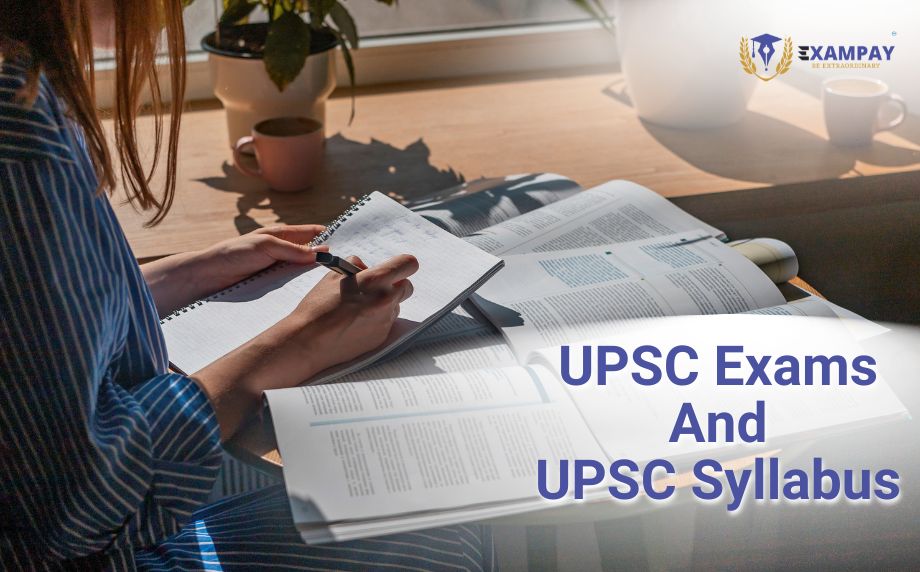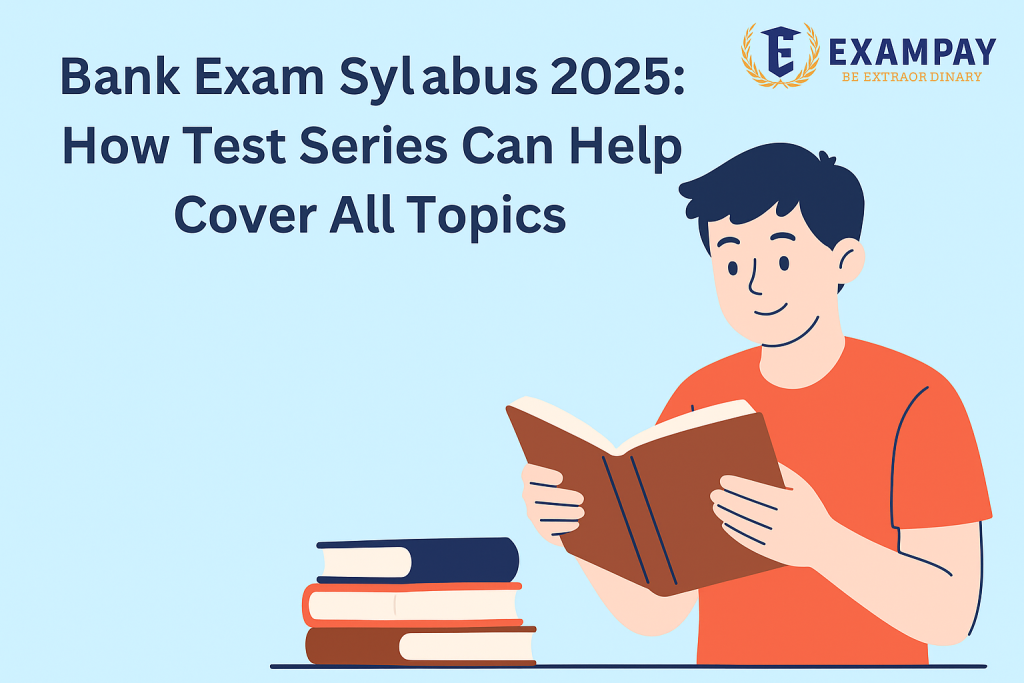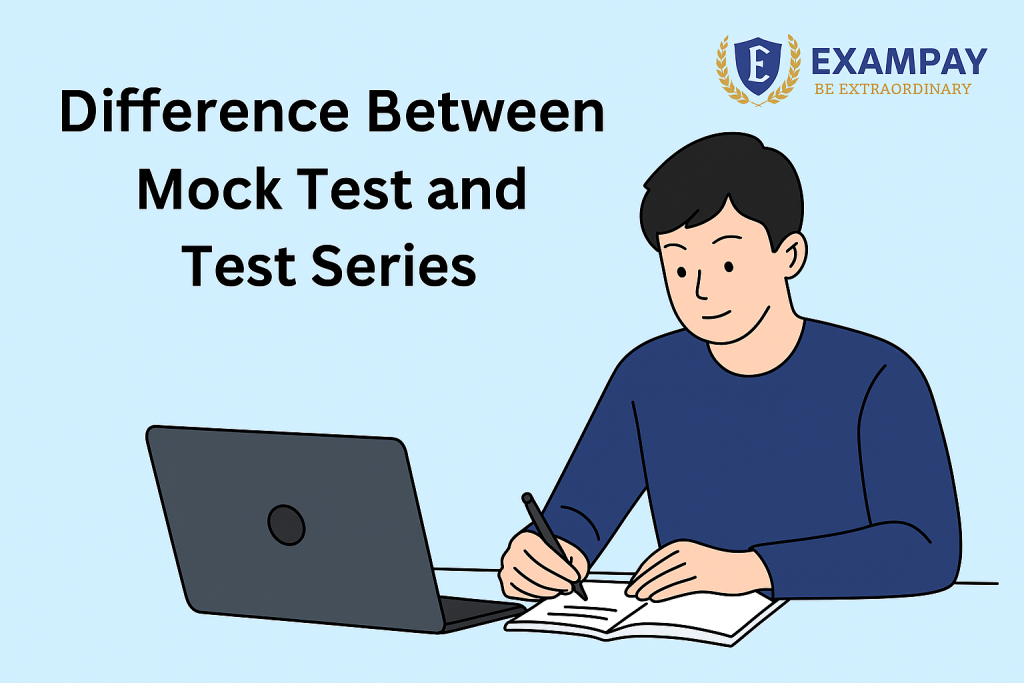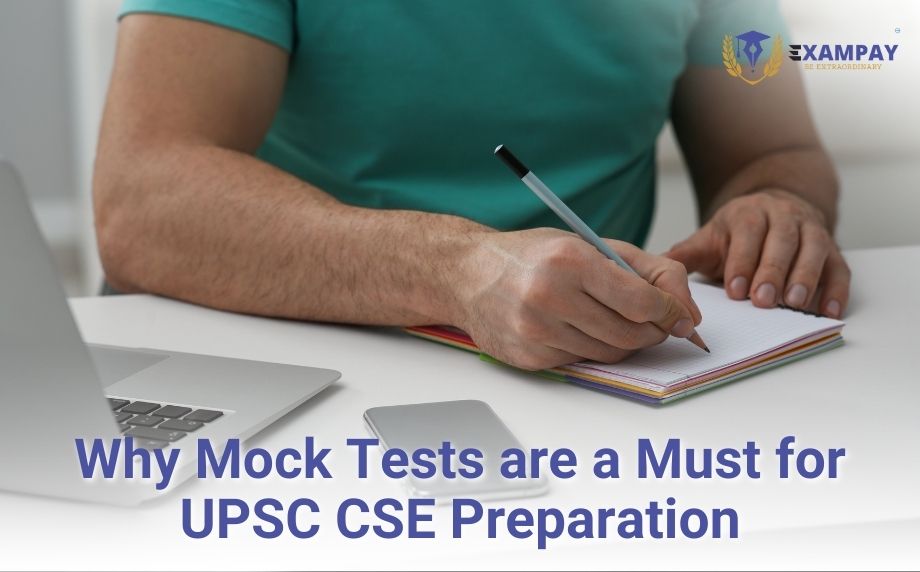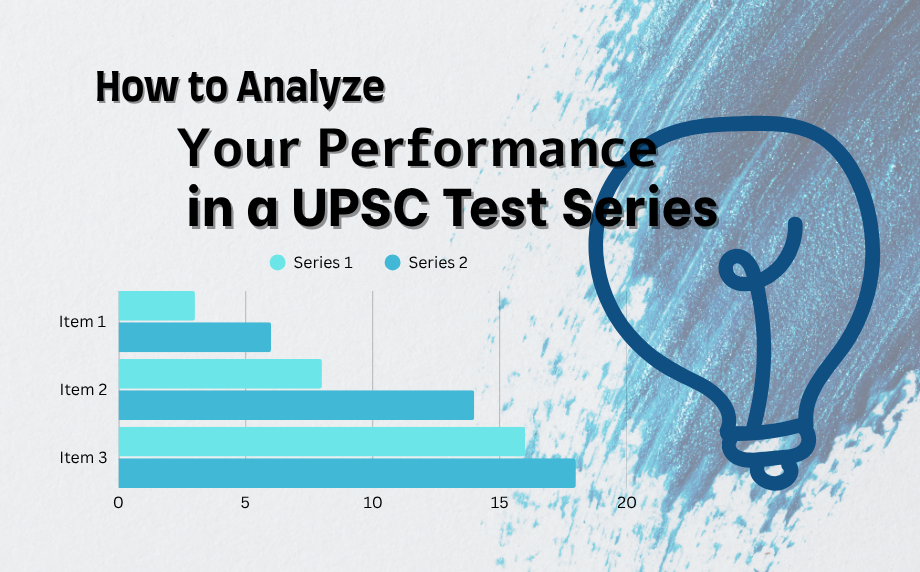The Short form of the Union Public Service Commission is UPSC. This is a regulating body under the government of India, that conducts the UPSC exam. Clearing this exam is an aspiration of many UPSC aspirants. We will discuss all the important course structures and characteristics while we discuss the UPSC exam & syllabus.
What is a UPSC exam?
The UPSC exam is conducted as CSE or Civil Service Examination or commonly called as IAS examination. The IAS stands for Indian Administrative Services. This IAS is what is called the IAS exam. The IAS exam is divided into 2 parts
- UPSC Preliminary Examination
- UPSC Mains Examination
These two stages of the examination are there. Firstly the candidate has to qualify for the UPSC preliminary exam, commonly called as UPSC prelim exam. If the candidates qualify for the exam, then they sit for the UPSC mains examination or the UPSC mains exam. The UPSC not only conducts the IAS exam but also some other exams too. The List of examinations for the different posts is IPS, IAS, IFS, and many more.
History of the Union Public Service Commission exam
The Union Public Service Commission exam was conducted first by the British East India Company in the year 1854. At that time, it was called the Civil Service Exam. At that time, the exams were only conducted in London. The first Indian to qualify for this exam was Shri. Rabindranath Tagore’s brother, Shri. Satyendranath Tagore. Later the exams were started in India too.
In the year 1926, the Public Service Commission was commenced by the British Raj in India. When the constitution of India was introduced and applied on the day of 26th January of the year 1950, The Public Service Commission, or officially called the Federal Service Commission at that time was later changed to Union Public Service Commission. It was put under the government of India and made the central commission for executing examinations for central government employees’ postings.
Main Functions provided by UPSC
Under Article 320 of the constitution of India, the Union Public Service Commission has been tasked to undertake these functions:
- Amendments or framing of rules for the recruitment posts under the government of India.
- Managing disciplinary actions or cases related to civil servants or officers.
- Conducts the pre, mains, and interview process for recruitment of new IAS officers
- Recruitment of candidates through direct interview processes.
- Appointment or promotion/absorption/deputation of officers in different cadres
- Conveying different information based on the President of India to the government of India for UPSC matters.
Different exams conducted by UPSC
UPSC not only conducts the IAS exam but many other exams based on different aspects:
- Indian Economic Service Examination (IES)
- Indian Statistical Service Examination (ISS)
- Indian Forest Service Examination (IFS)
- Naval Academy Examination or National Defence Academy (NDA)
- Combined Geo-Scientist and Geologist Examination
- Indian Engineering Services Examination
- Combined Medical Services Examination
- Combined Defence Services Examination (CDS)
- Central Armed Police Forces (ACs) Examination
- EPFO, UPSC, and other exams
Are you eligible for UPSC?

Even to apply for the examination you have to have these parameters in check
| IAS exam Age Limit | 21 – 32 years |
| UPSC services Educational qualification | Graduation did from a recognized University |
| Relaxation of age | Mentioned Below |
| Nationality | Indian |
Attempts by different category candidates
For Creamy Layer candidates ( OBC or General Candidates) – 7 attempts
OBC under Non-Creamy layer – 7 attempts
For SC and ST candidates – There are unlimited attempts until the age of 37
The pattern of the UPSC examination

Let’s discuss the pattern of the UPSC examination. First, we will discuss the UPSC prelims exam and then we will later discuss the UPSC mains examination.
Let’s first discuss the UPSC prelims exam:
UPSC prelims Exam or UPSC Preliminary Examination
The exam consists of two papers that you have to solve. Each paper consists of 200 Marks. The 1st paper is called Paper 1: General Studies. In this paper, you have to solve all objective-type questions. In this question paper, you have to attempt 100 questions. The time allotted to solve these questions is 2 hours. And the marks will be considered on the Cut-off.
The 2nd paper is called Paper II. In this paper, you have to attempt 80 questions. The time allotted to solve these questions is 2 hours. To qualify for the exam, the candidates have to pass this exam with 33% of the marks.
| Pattern Civil Services UPSC exam | |||
| Paper Name | Question | Marks | Exam qualification |
| Paper I: General Studies (Objective Type) | 100 | 200 | Qualification based on Cut-off |
| Paper II: General Studies -II (CSAT) (Objective Type ) | 80 | 200 | Qualifying candidates need 33% marks to qualify CSAT |
UPSC Mains exam pattern
The Union Public Service Commission main exam consists of 9 papers that consist in essay-type style format. Let’s discuss the format of all these papers:
- Non-ranking 1st two papers – The marks got by candidates will not be calculated in final merit.
The 2 papers include:
Paper – A: The main paper here is in the regional language, which has to be selected by the candidate.
Paper – B: The Second question paper is in English. You have to give that paper as it’s compulsory.
- Ranking type 7 papers( The merit will be counted based on these papers)
Paper 1: Essay -250 marks
4 papers that are from General Studies:
Paper II: General Studies I: Indian Culture And Heritage, Geography and History of the Society and World – 250 marks
Paper III: General Studies II: On Polity, Governance, constitution, International Relations, and Social Justice – 250 marks
Paper IV: General Studies III: On Economic Development, technology and Biodiversity, Disaster Management, Environment, and Security – 250 Marks.
Paper V: General Studies IV: Integrity, Attitude, and Ethics – 250 marks
Paper VI & VII: You have the option of choosing 2 papers based on the optional subjects (aspirants have the option to choose from the subjects based on their preference in the UPSC mains exam)
The Final Interview or personality test
After the candidates qualify for the mains Exam with minimum qualifying marks, they will be called for the final personality test or the interview. The candidate has to double the number of positions they have to fill.
The interview consists of 275 marks and there is no minimum qualifying category in it. The final marks are calculated based on the Mains exam and the interview together. Out of that, the final ranking is calculated.
Conclusion
Hope this information about the Syllabus and pattern of the UPSC exam helped you in clearing your confusion about it. Study hard and practice to be successful in the Union Public Service Commission exam.
Exampay can help you with the preparation for your UPSC exam or other important government exams. You can try our online mock test and series, which will be beneficial for you as our online mock test and series are prepared on the basis of the latest syllabus and patterns.
Try our mock test now; we even provide you with a free UPSC mock test.

